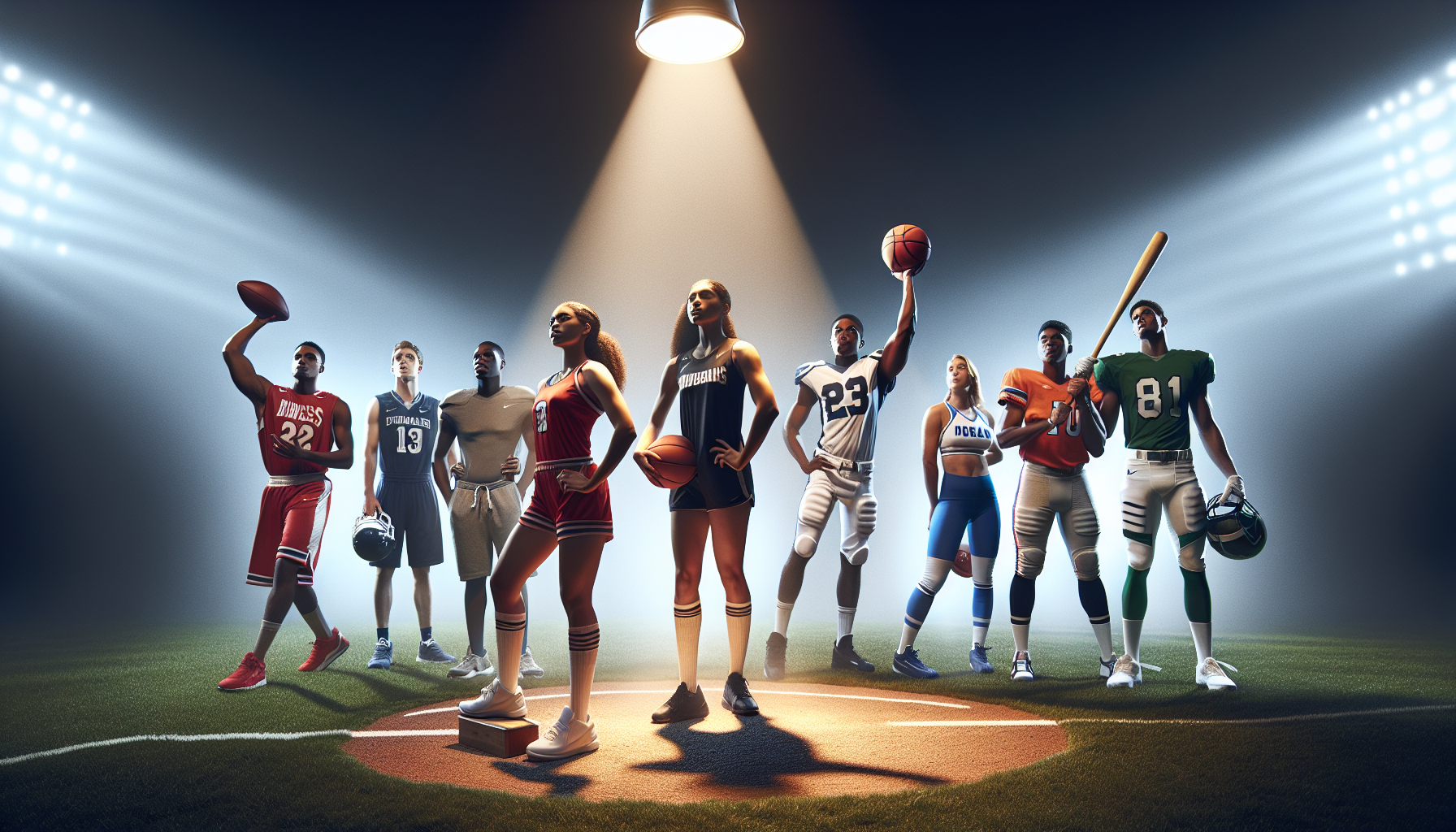Schools can now directly compensate their athletes, ushering in a transformative era for college sports following Friday’s formal approval of a multibillion-dollar legal settlement.
U.S. District Judge Claudia Wilken gave the green light to the agreement reached between the NCAA, its leading conferences, and attorneys representing all Division I athletes. This House v. NCAA settlement resolves three federal antitrust lawsuits, alleging that the NCAA unlawfully restricted student-athletes’ ability to earn money.
Judge Wilken’s long-anticipated ruling comes just weeks before schools begin issuing payments to athletes, starting July 1.
The annual cap is expected to start at roughly $20.5 million per school in 2025-26 and increase yearly during the decade-long deal. These new payments are in addition to scholarships and other benefits the athletes already receive.
The settlement gives schools the power to create new rules designed to limit the influence of boosters and collectives. Starting this summer, any endorsement deal between a booster and an athlete will be vetted to ensure it is for a “valid business purpose” rather than a recruiting incentive.
The agreement will resonate in nearly every one of the NCAA’s 1,100 member schools, boasting nearly 500,000 athletes.
NCAA President Charlie Baker said the deal “opens a pathway to begin stabilizing college sports.”
Multiple HBCUs, such as Morgan State, University of Maryland Eastern Shore, North Carolina A&T, and Hampton (through an association with the CAA) have agreed to opt in to the House settlement agreement.
What does opting in mean?
Institutions that opt in will also be subject to new roster limits and scholarship guidelines. This antitrust settlement, valued at over $2.8 billion, addresses past restrictions on student-athlete compensation and establishes a revenue-sharing framework.
While schools in the power conferences (SEC, Big Ten Big 12, ACC and Pac-12) will be automatically bound by the terms of the settlement, schools outside those conferences had the choice to opt in or out to the settlement. Schools that opt out will not be able to directly pay players through revenue sharing.
“The decision to opt in to the settlement allows for financial support and revenue sharing to give student-athletes a real opportunity to earn income while acknowledging the time, talent, and energy student-athletes bring to UMES,” Vice President of Athletics & Recreation Tara A. Owens said in a statement. “We continue to explore all avenues to establish and maintain competitive teams while providing an optimal collegiate experience for our student-athletes.
Owens said the decision “will not increase the financial investment the university makes” athletics.
“UMES will utilize our department resources strategically and cultivate new pathways for student-athlete financial support,” Owens said. “We are excited about the new landscape of college athletics and the future of Hawk athletics.”
Morgan State is expected to contribute over $230,000 to the settlement fund and reduce football roster size to add Olympic sports to remain in compliance with Title IX.
What does the decision mean for NIL?
In specific reference to NIL, the settlement aims to create a more equitable model for college athletics, ensuring that student-athletes receive fair compensation and support.
Participating schools can now offer direct NIL payments and other financial benefits to student-athletes, potentially including scholarships above the NCAA’s previous limits. Schools can also engage in direct NIL contracts with student-athletes, such as licensing agreements, endorsement deals and brand promotion agreements.
“Furthermore, opting into the settlement aims to enhance the student-athlete experience, increase visibility and access, and ensure competitive recruitment and positioning within the MEAC and Northeast Conference,” the school said in the release.
For scholarship and roster management purposes, opting into the settlement allows schools, including HBCUs that opt in, to use a portion of their athletic revenue to directly benefit student-athletes, and scholarship limits may be eliminated.
Settlement could create ‘challenging times’
SWAC Commissioner Charles McClelland addressed the House vs. NCAA settlement last winter.
“It is now allowable for institutions to directly give NIL money to their student-athletes. That means there’s going to be an influx of athletes that are looking for NIL payments,” he said in December. “You’re going to have to have some name image and likeness money set aside to compete.”
McClelland explained that the House settlement will impact the finances of every SWAC institution.
“The SWAC conference’s contribution to that [settlement] is $30 million. There’s going to be some challenging times from a financial standpoint.”
To counteract that, McClelland said that resources are being developed to help each school compete in this new era of college athletics.
“We’re going to develop a best practice document that we’ll give to all presidents and chancellors as a guide,” he said. “We are in a good spot from a revenue standpoint; we’re going to be just fine, but it will take some additional effort. We will need NIL dollars on the inside, and we will work with you to help develop that. We’re going to continue to stay on top.”

